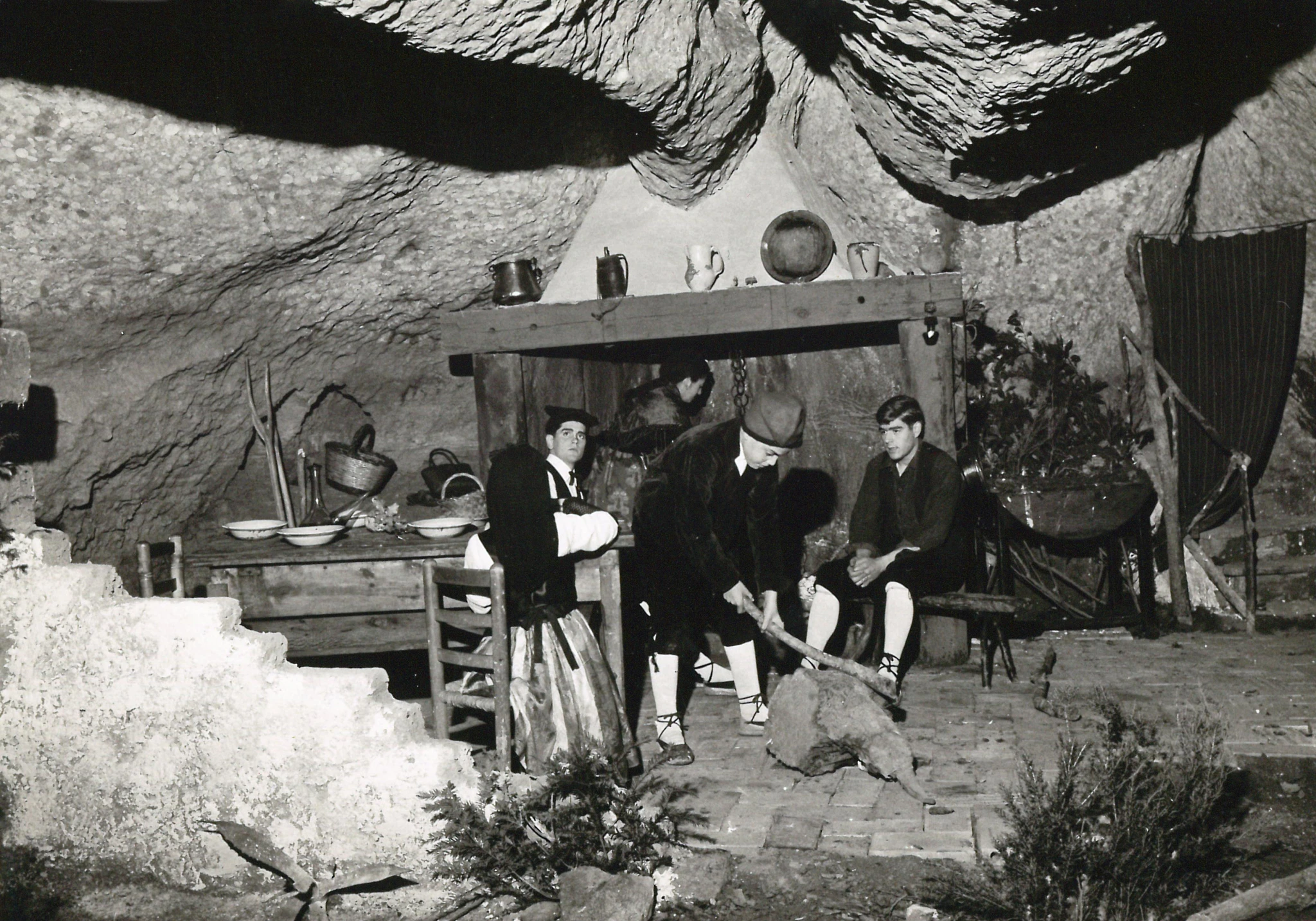
CAVA FRANCOLINO
In 1921, three partners contributed twenty duros (60 euro cents) of capital each to start producing cava in Espluga. It was about Josep Cabeza, Salvador Porta y Bernat and Agustí Roig y Domingo. Although the brand would not be fully registered until 1924, in 1921 Francolí cava was put on sale. The cave of Quicall, in the Font Major, was used to turn it into the cellar where the process was carried out, which followed the méthode champenoise. At the Barcelona Universal Exhibition of 1929, he was recognized in the form of a medal. When the war of 1936-1939 began, the strong man of the company, Agustí Roig, was killed. After ceasing to make cava, the bottler Gili de Reus acquired the brand in order to enjoy a greater supply of sugar in a time of scarcity. In December 1998, once the brand was rescued, the Cooperativa Agrícola de l’Espluga again put up for sale a cava with the historical denomination Francolí.
POWDER
In the Cueva del Quicall (Cave of the Villa) an ammunition depot was enabled. This gunpowder supplied the artillery groups on the fronts of the Segre and Ebro during the Battle of the Ebro. The Cova del Castell was adapted as a shelter, together with the Potreta corral, the one in pl. From the Church and in the Quarry. On January 1, 1939, at 9:00 a.m., seven planes of the Nazi army bombed the Espluga de Francolí, causing 7 deaths and 22 injuries. On January 8 before the advance of the Francoist troops that were in Vilanova de Prades, and the impossibility of removing the ammunition due to lack of means of transport, the order was given to blow up the gunpowder. There were artillery and mortar shells, a large number of boxes of rifle bullets, and boxes of hand grenades. The explosion reverberated throughout the Conca de Barberà and caused damage to nearby buildings. 54 buildings including houses, corrals and warehouses were destroyed and many other buildings in the town were affected.
PARIS MUSHROOMS “CHAMPI”
In the same place where Cava Francolí had been produced before the war of 1936-1939, in the cave of Quicall, the entrepreneur Francisco Pedro Verny started the cultivation of mushrooms, which were then sold fresh and canned.
LIVING CRAB
In 1967 the Belén Viviente de l’Espluga is represented inside the Cueva de la Font Major. During a decade, around 5,000 visitors were received per edition, the 1977 being the last representation due to lack of financial support.
